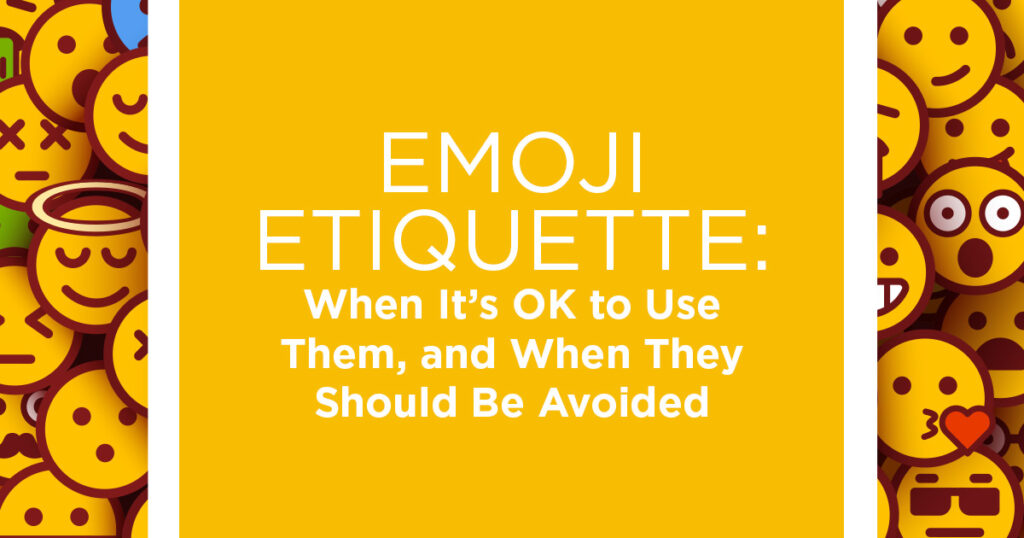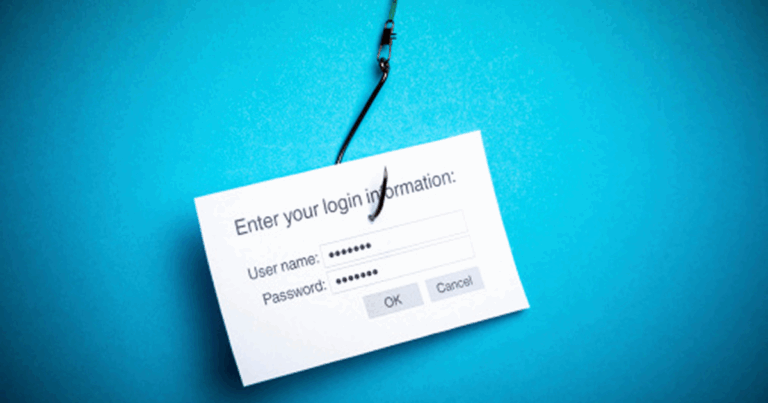These days — especially in personal communications via text, in posts on social media and even occasionally even in work-related scenarios — the emoji has become a common (and powerful) way to easily share thoughts or feelings within a digital conversation. After all, as the old saying goes, a picture is worth a thousand words.
But these digital icons depicting smiley faces, teasing winks, loving hugs and a long list of other emotions aren’t always appropriate and can be frowned upon in official business communications. So when is it OK for denizens of the digital world to employ an emoji (or multiple emoji) in their communications? Consider the following scenarios — including situations where emoji use is perfectly acceptable, others where it is best to avoid them, and still others where context is key:
- Personal texts and emails — emoji use is OK: When a person is having a casual conversation with a friend or family member, using emojis is totally acceptable. In fact, this might be the prime time for emoji usage and including them often even enhances the conversation by adding tone and clarity.
Emoji can provide tonal clues that might be signaled with body language during in-person conversations but can easily be missed in written communications. For example, take these two messages — identical except for the emoji, but offering two altogether different possible interpretations:
– You’re in big trouble!
– You’re in big trouble!
With the former message, the recipient might be concerned upon receiving the message while emoji in the latter makes it clear that the message is meant to be taken in jest.
- Customer-facing business communications — it depends: Before a sender incorporates an emoji in a business email, for example, he or she should carefully consider the type of business they own, their brand voice, the topic being discussed, and their relationship with the customer. On the one hand, research shows that using an emoji in a subject line can increase the likelihood that recipients will open the email, with 58% of survey respondents saying they’d be more likely to open an email with an icon included. This makes them a great fit for lighthearted marketing emails, for instance. On the other hand, if the business sending out the email is, let’s say, a funeral home or the topic being discussed is something serious like an overdue bill payment, then including emoji would clearly not be a fit. Senders should carefully consider the level of professionalism that the communication should be expected to carry before incorporating emoji.
- Conversations with known, regular clients — follow their lead: Generally, using emoji in professional communications with customers and prospective customers is ill-advised, especially when working in a field where employees are expected to consistently maintain a professional, button-downed look and attitude most of the time. But emoji can be acceptable — and even endearing — once a relationship has been firmly established and the topic at hand is appropriate for using them. A good rule of thumb is for the businessperson to wait until a client has used emoji in their communications before incorporating them in their own, and even then, to consider the conversation’s context before using them.
- Internal office communications — it depends: This is another situation where it is crucial to consider the work environment and the message being conveyed before incorporating emoji. But if the communication passes muster in both of these areas, using emoji in back-and-forth communications between coworkers who have established relationships is perfectly OK. In fact, emoji can be particularly helpful for lightening the mood in situations where a stressful situation needs to be diffused, for building a rapport among colleagues when the communication is brief and informal, and for conveying and easygoing attitude to new workers to make them feel welcome.
- CAUTION — avoid emoji overuse: Of course, even if the time and place are right for emoji use, message senders — and especially those in an office or work setting — should be careful not to overuse them. When a worker includes emoji in messages too frequently or in excessive amounts, it can quickly come off as unprofessional or over-the-top.
Looking for just the right emoji to use in a conversation where emoji use is warranted? Emojipedia is a great online resource that allows users to search an array of emoji types and, once the right one is located, copy them for use in digital communications. The website also offers listings of commonly available emoji based on categories for easy browsing, with classifications including Smileys & People, Animals & Nature, Food & Drink, Activity, Travel & Places, and more.
Need a fast and reliable internet connection to keep your digital communications up to speed? Visit ftc.net to explore the range of rates and blazing-fast internet packages available from FTC Internet. And does your wireless coverage leave you searching for a signal? Explore wireless plans with the area’s best coverage on our website’s Wireless Services page.




